Grid reference SK362880 Platforms in use 5 | 15 September 1851 Opened | |
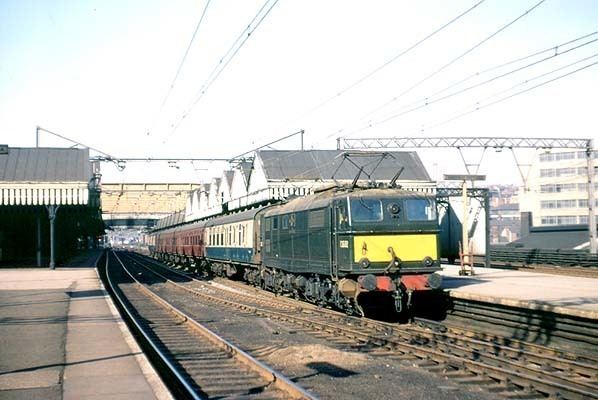 | ||
Similar Bridgehouses railway station, Nottingham Victoria railway st, Beighton railway station, Woodhouse railway station, Chesterfield Central railway st | ||
Sheffield Victoria was the main railway station in Sheffield, South Yorkshire, England, on the Great Central Railway, between Chesterfield and Penistone.
Contents
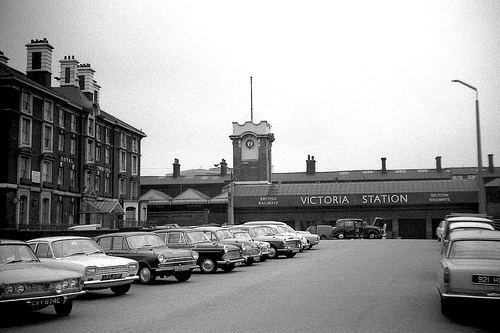
Early history
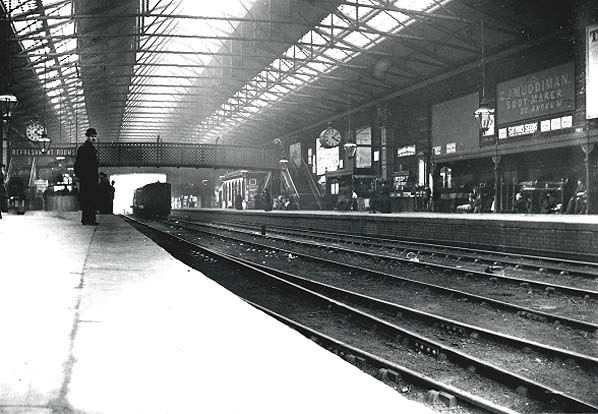
Engineered by Joseph Locke, the Sheffield, Ashton-under-Lyne and Manchester Railway linking Manchester and Sheffield opened in 1845. Originally, this line terminated at the Bridgehouses station about 0.7 miles (1 km) to the west of the future Victoria station. In 1847, the Sheffield, Ashton-under-Lyne and Manchester Railway merged with two other railway companies to form the Manchester, Sheffield and Lincolnshire Railway. The station at Bridgehouses had been outgrown and an extension and new station were planned. John Fowler, who later gained fame for co-designing the Forth Railway Bridge in Scotland, was employed to engineer the extension and station. Fowler's design included a viaduct over the Wicker that was 40 feet (12 m) high, 750 yards (690 m) long and two island platforms 1,000 ft (300 m) long. The extension was completed in 1847–1848 and the new Victoria station opened on 15 September 1851. The station gained a 400 ft (120 m)-long ridge furrow patterned glass roof likened at the time to The Crystal Palace (in London) which spanning the main line platforms in 1867 and was further enlarged in 1874, the well-known railway contractors Logan and Hemingway being awarded the contract.

With the opening of the London Extension in 1899, Sheffield gained a new direct service to London. To attract the lucrative trade between the cities, the Great Central Railway launched Sheffield Without A Stop on 1 July 1903 and became something of a trademark for the company, with 163.75 miles (263.53 km) being run in exactly 3 hours, an average of nearly 55 miles per hour (89 km/h). Slip coaches were provided for passengers for Leicester and Nottingham.
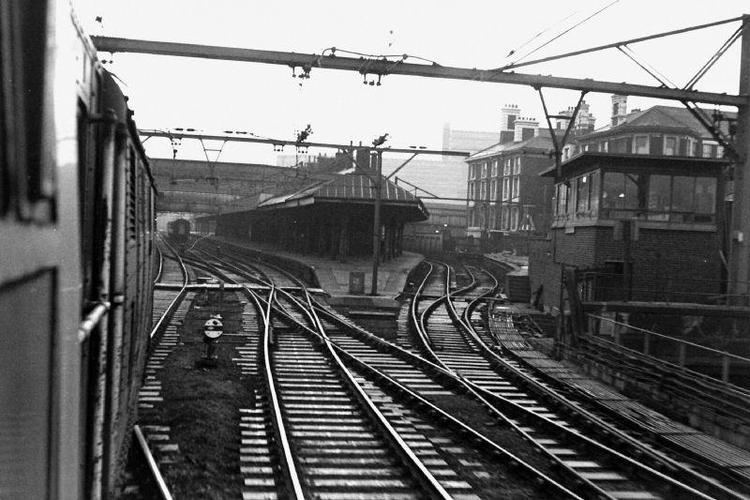
The station received a new frontage in 1908 and was further improved between 1939 and 1940. The station took on great importance when the line through the Pennines—known as the Woodhead Route after the long Woodhead Tunnel on it which was electrified for freight purposes after World War II.
Electrification
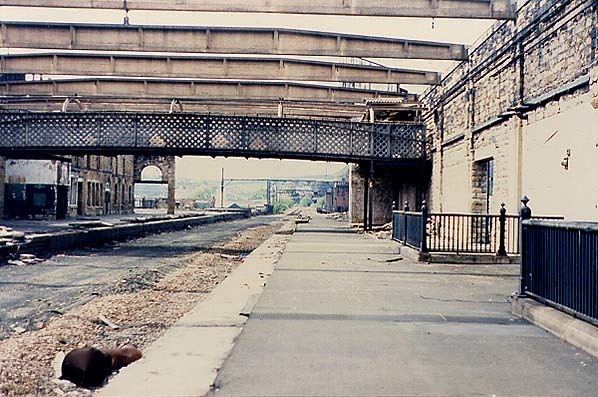
The 1950s saw the station at its zenith: Regular Manchester London Road – Sheffield Victoria – London Marylebone express services traversed the Great Central line, other expresses ran to London Kings Cross over the East Coast Main Line and the named expresses the Master Cutler, the Sheffield Pullman and the South Yorkshireman served the station. There were also many semi-fast trains running trans-Pennine from Manchester to destinations on the East Coast, and local trains to Chesterfield, Barnsley, Nottingham, Doncaster, Retford, Penistone and Lincoln.
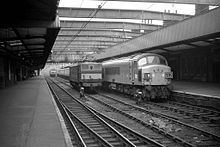
The electrification of the line reached Sheffield Victoria by 1954, reducing the journey time to Manchester to 56 minutes. This was the only main line electrified at 1500 V d.c. From this point onwards, all passenger trains heading to Manchester required a change of locomotive at Victoria to a British Rail Class 76 or express passenger British Rail Class 77.
Closure

Although the 1950s saw services at the station reach their peak, this period also marked the beginning of its decline. In 1953 Barnsley was an early casualty as the line ran almost parallel to the former Midland Railway's Sheffield Midland - Barnsley line, serving mostly the same communities. By the end of the decade, the expresses to Marylebone were either cut or re-routed to Kings Cross (in the case of The Master Cutler). In the mid-1960s there was a concerted effort to concentrate Victoria's remaining local and express train services at Sheffield (Midland) station. From 4 October 1965 most services were diverted to Sheffield Midland, adding 2 to 4 minutes to their schedules. The only trains remaining were Manchester via Woodhead, the Harwich boat train and trains to Bournemouth, York and Swindon. After September 1966, Victoria was left with just an hourly Manchester service and the daily Liverpool-Harwich "Continental" Boat train service.
In 1965 the second Beeching Report recommended that the Sheffield to Manchester service be consolidated; after much local wrangling British Railways favoured the Hope Valley Line which was slower and not electrified but served more local communities. In 1967, plans were announced to withdraw passenger services along the Woodhead route. Following public outcry, an inquiry was launched that took two years to be completed. Eventually the inquiry backed British Rail's plans and passenger services were withdrawn from the line on 5 January 1970. The last train to Victoria station, an enthusiasts' special, arrived at 00:44 on 5 January and from that point the station was closed.
The station re-opened very briefly in 1972 for diverted trains while Sheffield (Midland) station was closed for re-signalling.
The Manchester-Sheffield-Wath electric railway was entirely closed east of Hadfield in July 1981; and the tracks through the Woodhead Tunnel were lifted in 1986. Passenger trains to & from Huddersfield via Penistone continued to pass through the station without stopping until May 1983, when they were diverted via Barnsley (the Penistone via Wadsley Bridge section then being closed to passenger traffic). Except for the now single track goods avoiding line, which still exists to serve the steelworks at Stocksbridge, all the track through the station was lifted by 1985 and the station buildings were demolished in 1989 to make way for an extension to the adjacent Victoria Hotel complex. The slope that once led up to Platform 1 survives as part of a pedestrian path to the car park.
Preservation
Outlines of the platforms still remain, and the trackbed has been protected for a possible future extension of the Sheffield Supertram, and may also be used for the proposed Don Valley Railway, which will terminate at Nunnery, linking into the Supertram approximately 1,300 yards (1,200 m) to the east where the proposed DVR will also interchange with train services on the Sheffield to Lincoln Line.
Future
It has been suggested by Sheffield City Council that the site could be used for Sheffield's HS2 station, instead of the current planned station on the outskirts of the city.
